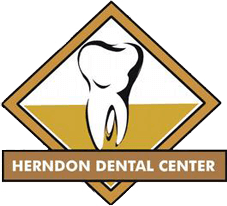Benefits of Braces
Introduction
Orthodontics or “braces” can be helpful for both children and adults. They can straighten crooked teeth, correct the spacing between teeth, and improve bite patterns. Orthodontics can contribute to healthy teeth and gums and prevent future dental problems. Orthodontics can improve the appearance of your teeth and smile.
Orthodontics can align crooked or crowded teeth. They can close gaps between teeth. Proper tooth alignment is important for biting properly and tooth wear. Straight teeth can be cleaned more thoroughly, which prevents tooth decay and gum disease. Straight teeth improve the appearance of your smile.
Orthodontics can correct bite problems called malocclusions. Ideally, your top and bottom set of teeth should fit together and line up, forming an accurate bite. Differences in jaw size, poorly aligned jaws, crowded teeth, extra teeth, or missing teeth can cause malocclusion. Significant malocclusions can contribute to mouth breathing and interfere with speaking and eating. They can also affect the appearance of your face.
Straight teeth are easier to brush and floss. This is important for preventing periodontal disease, commonly known as “gum disease.” Gum disease is the leading cause of tooth loss in adults. It occurs when harmful bacteria infect the gums and create gaps around the teeth. Orthodontics may help your natural teeth last a lifetime.
Finally, orthodontics can create a beautiful healthy looking smile. Your smile is a main feature of your face and one of the first things that other people notice about you. A healthy smile enhances your appearance and may improve your self-confidence, personal relationships, and career. Orthodontics do require a short-term time investment, but the benefits of healthy teeth and gums last a lifetime.


Copyright © - iHealthSpot Interactive - www.iHealthSpot.com
This information is intended for educational and informational purposes only. It should not be used in place of an individual consultation or examination or replace the advice of your health care professional and should not be relied upon to determine diagnosis or course of treatment.
The iHealthSpot patient education library was written collaboratively by the iHealthSpot editorial team which includes Senior Medical Authors Dr. Mary Car-Blanchard, OTD/OTR/L and Valerie K. Clark, and the following editorial advisors: Steve Meadows, MD, Ernie F. Soto, DDS, Ronald J. Glatzer, MD, Jonathan Rosenberg, MD, Christopher M. Nolte, MD, David Applebaum, MD, Jonathan M. Tarrash, MD, and Paula Soto, RN/BSN. This content complies with the HONcode standard for trustworthy health information. The library commenced development on September 1, 2005 with the latest update/addition on February 16, 2022. For information on iHealthSpot’s other services including medical website design, visit www.iHealthSpot.com.

